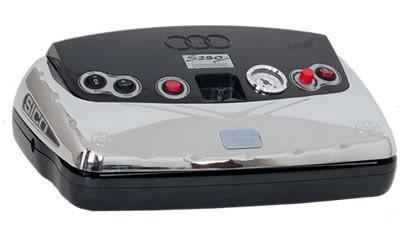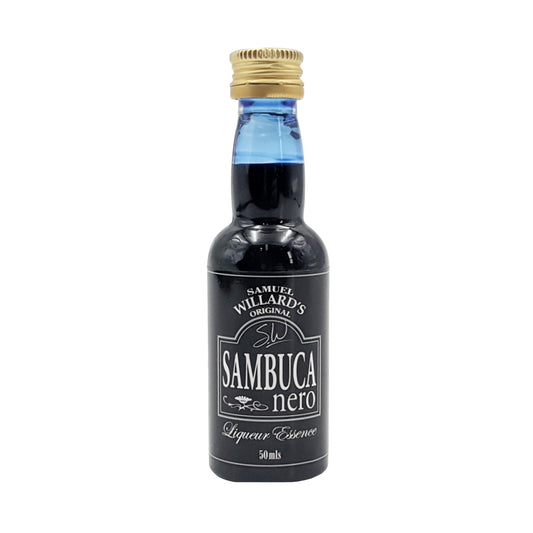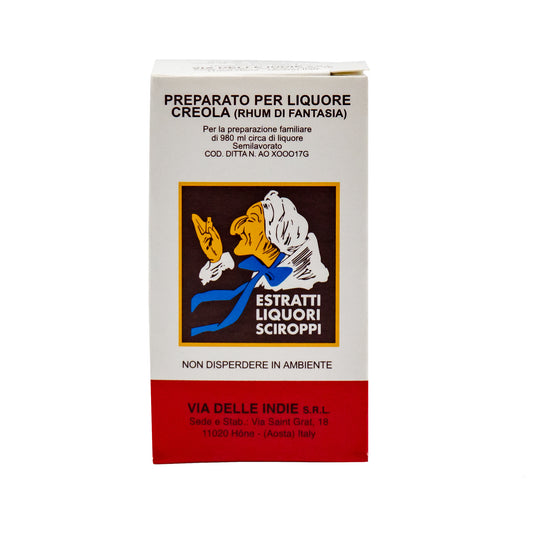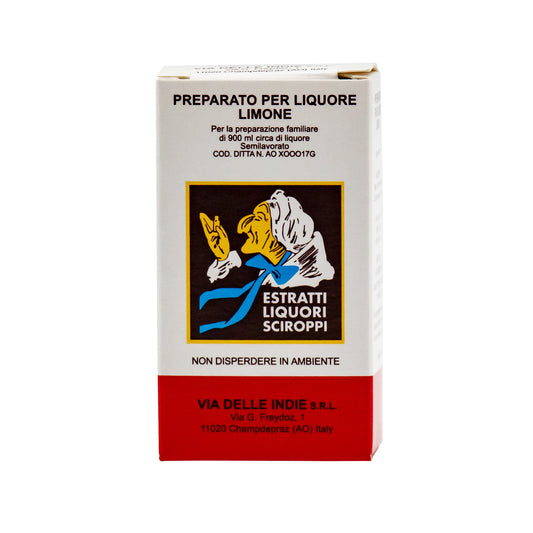End of July Newsletter
Winter rolls on. It's been a busy season for salami makers, with cold days, & colder nights. But, the solstice has passed, the days are getting longer, & the weather is beginning to warm up. Now is the time to look at longer lasting methods of preservation.
Now is also the time to take advantage of the last of the winter crops. Sauerkraut is one popular method of preserving cabbage, but it can't compete with Korean Kimchi for its sheer flavour punch. Find a simple method for making Kimchi below.
Winter also suits the brewing of lagers that enjoy lower fermentation temperatures & take a little longer to mature - just in time for the warmer weather ahead. An easy recipe for a classic Pils-style lager is included in this newsletter.
The Frankston & South Eastern Wine Show 2018 is coming up on the 26th of August. See the links below for details.
Vacuum Sealers
Once cured, salumi can keep for months, but for additional preservation, vacuum sealing can help you enjoy the results of your hard work & patience for many months to come - up to 5 times as long. There are many cheap vacuum sealers on the market, but these often lack durability & provide inconsistent results.
SICO Vacuum Sealers are durable & extremely easy to use, thanks to the patented magnetic closing system that reduces the intervention of the operator to the minimum. They are designed for continuous & intensive use. They work with both bags & rolls. Home Make It stock everything from the Basic S250 model through to the fully automated S350 which can eliminate all the hard work of vacuum sealing.


We also stock a wide range of SICO brand vacuum bags, from 10 cm to 30 cm wide, & from 25 cm up to 55 cm long, as well as twin packs of 6 metre vacuum rolls from 15 cm to 25 cm wide.
Save the date, Saturday 25th of August!
On Saturday 25th of August, we will be running a Sausage Making course at our Clayton store, at 4/158 Wellington Road, Clayton North, from 11 am to 1 pm! Learn how to make fabulous homemade sausages at this fun, informative & hands-on workshop. After all the work is done, we will have a BBQ with the sausage that you helped to make. Book here or give us a call on (03) 9574 8222.
Make sure to have a look at the full range of courses on our web site!
Seasonal Preserving
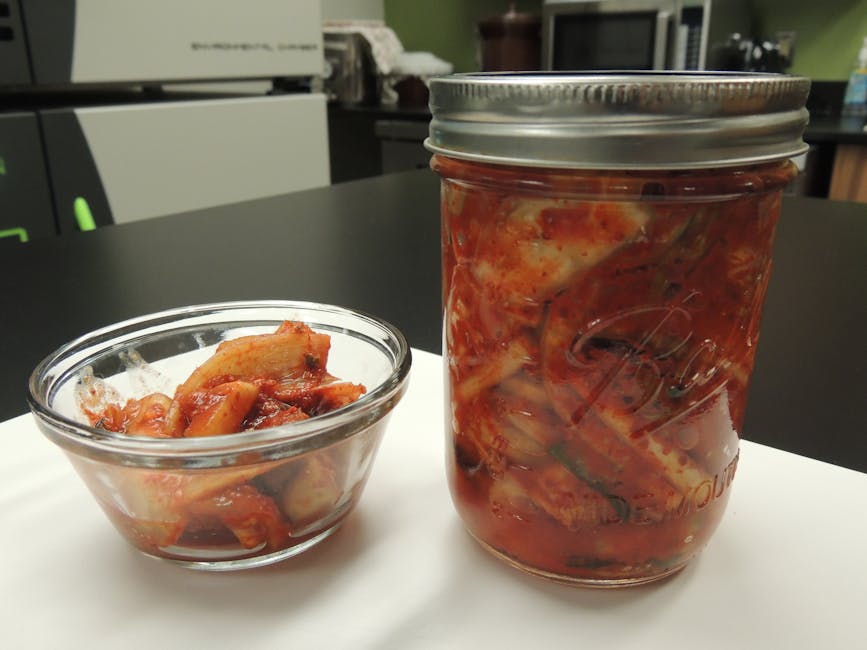
Make Your Own Kimchi!
Cabbage is a winter crop, & there are a number of ways to preserve it for use throughout the year.
No Korean kitchen is complete without Kimchi, a traditional fermented cabbage dish. When Yi So-Yeon became the first Korean astronaut, it was imperative for Korean culinary scientists to perfect a way to make Kimchi & other Korean dishes survive the trip for a traditional dinner hosted on the International Space Station. Spicy, salty, with a delicious tang, Kimchi helps cut through the rich fats of traditional Korean barbecue, complements the chilli heat of many Korean dishes, & adds crunch & maximum flavour. Family traditions have resulted in a wide variety of interpretations, so feel free to have a go at creating your own family recipe. It's quite easy to make at home, with just a few speciality ingredients & room for experimentation.
However, there is no substitute for Gochugaru, also known as Korean Hot Pepper Flakes or Korean Red Chili Flakes. This is one of most essential ingredients in Korean cooking, but can vary in spiciness from region to region, so add to taste - 1 to 5 tablespoons. Gochujang Korean Chili Paste is made with gochugaru flakes & can be used instead, but will add its own sweeter flavours & influence the texture of your finished Kimchi. Both can be found at good Asian grocers.
You will also need a good sized jar or fermentation crock, both of which you can find in-store at Home Make In in Clayton & Reservoir.

Simples Kimchi
You will need a large mixing bowl, a colander or large strainer, gloves & a large jar or crock (2 to 4 L)
1 medium Korean/Chinese cabbage (or substitute 1 Savoy cabbage), roughly chopped
1/4 cup sea salt
1 medium daikon radish and/or two small carrots (optional), diced or julienned
2 to 4 spring onions/shallots/eschalot, finely sliced
1 teaspoon white sugar
5 to 6 cloves of garlic, grated
2 to 3 cm fresh ginger (optional), grated
1 to 5 tablespoons Gochugaru (Korean Chili Flakes) OR Gochujang (Korean Red Chili Paste)
Water (filtered, spring water or bottled water preferred)
Firstly, salt your cabbage. Roughly chop the washed cabbage, rub the salt in until the leaves begin to wilt, then cover with water. Use filtered, spring or bottled water to avoid chlorine & chloramine commonly used in treating tap water. Use a heavy plate to keep the cabbage submerged in the brine. Leave stand for 2 hours, then rinse in cold water 3 times & leave to drain in a colander (or strainer), while you prepare the seasoning paste.
Mix sugar, finely grated garlic, grated ginger & 2 to 3 tablespoons water, & Gochugaru flakes or Gochujang paste to taste. For a finer paste, you may use a mortar & pestle.
Dice or julienne the radish & carrot, & finely slice the spring onion/ shallots/ eschalot into a large bowl for mixing. Add the cabbage & seasoning paste, & mix through until thoroughly coated. Wear a pair of disposable gloves for this step, or you will feel the burn!
The jar or crock you use needs to be clean & sanitary, but not sterilised. Pack your mixed kimchi into the jar, add just enough water to cover, & seal the lid. Leave at room temperature for up to 5 days. Spontaneous fermentation will occur, & regular checking will vent carbon dioxide that needs to be released. Check & press the contents down into the liquid daily. Take the opportunity to taste your kimchi & get a sense for how it is progressing. When it tastes "ripe", pop it in the fridge to slow the fermentation. You may see a little activity persist. It will be ready to eat in 2 weeks.
Eat your Kimchi with traditional bulgogi, Korean Fried Chicken or japchae, or try it with other foods that will benefit from its spicy, pickled flavours.
Home Brewing
Now is an ideal time for brewing lagers for drinking over the hot summer months. Lagers offer a clean crisp flavour, a light body & moderate alcohol, making them the ideal beer for a weekend session or BBQ accompaniment. Lagers pair well with Korean BBQ with Kimchi & other spicy foods, as well as lighter dishes like chicken & seafood, or a classic hot dog or hamburger.
Lager yeast strains tolerate low temperatures - they produce their best flavours at 12°C and under, and can persist as low as 4°C. These strains developed over generations of traditional brewing in Germany, with beers brewed at lower temperatures & cold-conditioned over a long time. These conditions naturally selected a type of yeast that was a hybrid of traditional ale yeast & wild yeast, including a strain that may have originated in Patagonia, in the southern-most region of South America. The clean fermentation flavours of lager yeast contributed to the popularity of the style.
Lagers took Europe by storm in the early 19th Century as new methods in kilning light-coloured malts were being perfected & glassware was becoming more popular for serving beer. The bright yellow beers of Bavaria were a shining example of brewing expertise that was eventually exported to Plzeň in today's Czech Republic, when Josef Groll arrived at its Bürgerbrauerei with new-fangled techniques in 1842. The famously soft water of the region, local Moravian barley & Saaz hops were combined to produce perhaps the most famous lager of all, the Pilsner. Character-full, with strong hop bitterness balanced by well-rounded malt flavour, the Czech Pilsner is a highly drinkable summer refresher.

EZ Boho Pils
This all-grain recipe offers a straightforward grist, with a portion of Viking Light Munich Malt to enhance its malt flavours & add a little colour, for a classic light amber brew. This recipe has been written to Brew-In-A-Bag (BIAB), with a grain bag & a large cooking pot, but can be adapted for more sophisticated single- & triple-vessel systems.
Melbourne's soft tap-water is ideal for light-coloured beers, but this recipe will still benefit from the addition of small quantities brewing salts. As a suggestion, add 3 g x Calcium Sulfate (gypsum), 4 g x Calcium chloride & 2 g x Magnesium Sulfate to treat 30L of filtered Melbourne tap water, to provide approximately 50 ppm Calcium ions, 10 ppm Magnesium ions, & around 80 ppm each of sulfate & chloride, for a balanced sulfate/chloride ratio. Always use your own brewing software. Bru'N Water is a fantastic online resource for making sense of water chemistry.
Saaz hops are the classic variety for this style of beer, and the aim here is for around 35 IBU.
A good European Lager yeast is also required - Fermentis SAFLager S23 is a reasonable substitute for White Labs WLP800 Pilsner Lager Yeast.
Recipe
For a batch size of 21L with an original gravity of approx. 1.050:
4.5kg Viking Pilsner Malt (90%)
0.5kg Viking Light Munich Malt (10%)
Saaz Hop Pellets - 60g at 60 minutes +20g at 30 minutes + 20g at 0 minutes (IBU 35)
1/2 tablet Whirfloc (seaweed/carrageenan) for clarity, added 10 minutes before end of boil
Recommended yeast strains include SAFLager S23, Morgan's European Lager, & White Labs WLP800 Pilsner Lager Yeast.
Heat your strike water (total volume 27L) to 72°C before adding your freshly milled malt. Mash at around 66°C for 60 minutes before mashing out at 76°C. Remove your bag & commence the boil.
Pilsner malt contains a larger amount than other malts of the chemical precursor of DMS (Dimethyl Sulfide) that contributes the dreaded "sweet-corn" flavour to a finished beer. Luckily, it is highly volatile & will vaporise in the boil. Traditional brewers boil a lager wort for 90 minutes, although a vigorous boil for 60 minutes should suffice. Hop additions are at 60 minutes, 30 minutes & at the end of the boil. 1/2 a tablet of Whirfloc 10 minutes before the end of boil will result in a clearer finished beer.
Cool to pitching temperature (using a chiller, or allowing to cool in a sanitised "cube") before adding to your fermenter, & dilute to 21 Litres before adding your preferred yeast. Aim at 9°C - 12°C for a cleaner fermentation.
Allow a couple of weeks for fermentation to complete - lagers are slower to ferment than ales. Lagers will also bottle condition more slowly, and will benefit from being left alone to mature at cool temperatures for several months.
Extract Version
1 x Morgan's Golden Saaz Pilsener 1.7kg
1 kg Light Malt Extract 1.5 kg OR 1.5 kg Morgan's Lager Pale liquid malt extract
Saaz Hop Pellets - 25g in the fermenter (optional)
Recommended yeast strains include SAFLager S23, Morgan's European Lager, & White Labs WLP800 Pilsner Lager Yeast..
Warm your tin in hot water to loosen the contents. For best results, dissolve your dry malt extract in several litres of water (depending on the size of your available pot) & bring to the boil for 10 to 15 minutes. Allow to cool before mixing into a total volume of 21 L in your fermenter, add preferred yeast, & proceed as above. For greater hop aroma, add Saaz pellets after the main fermentation has completed.
Kyle's Corner


The Clayton shop is updating its look & some stock relocation has been underway. All your usual home brewing supplies are still available - if you can't find it, please ask a staff member to direct you to its new home. Look forward to finding all your brewing needs in one place!
Book now to secure your place in upcoming Intro To All Grain Brewing Workshops at Clayton and Reservoir. The next will be in the first week of September.
Frankston Amateur Wine Makers Guild Wine Show

Frankston Amateur Wine Makers Guild presents their annual 47th ANNUAL FRANKSTON & SOUTH EASTERN WINE SHOW on Sunday 26th of August, 2018, from 10:00 am to 2.30 pm, in The Barn at The Briars, Mount Martha on the Mornington Peninsula (450 Nepean Highway, Mt Martha).
$15 entry includes a wine glass to take home, with over 400 wines to taste! Don't miss out!

Specials
Click on our sale banner below for this week's Specials:
Vouchers
Gift Vouchers and Course Vouchers make an ideal present for any maker in your life. Available In-store or ONLINE.

